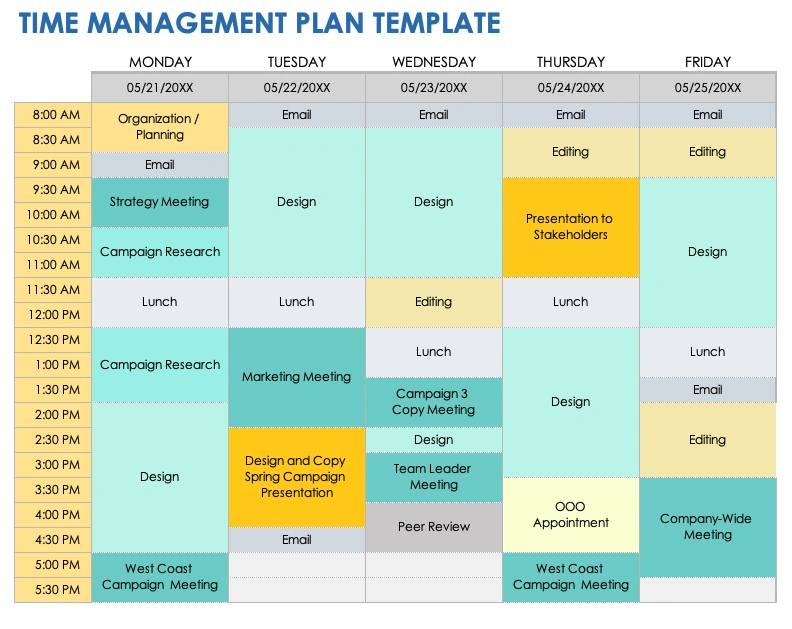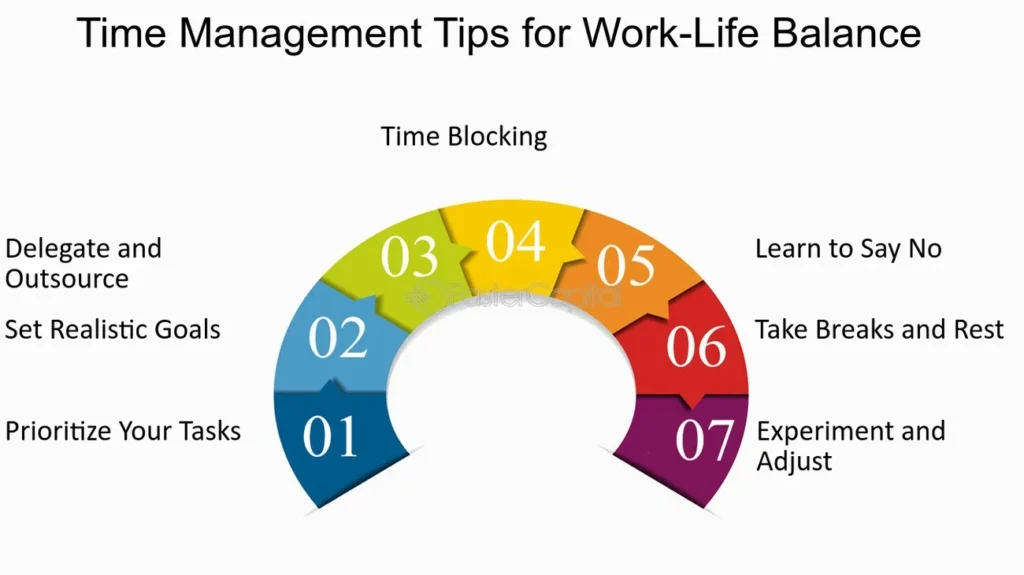Did you know how many hours in a year we actually have at our disposal? A standard year contains 8,760 hours, while a leap year gives us 8,784 hours. That’s a significant amount of time when you think about it!
When we consider how many hours are there in a year, it’s fascinating to realize that the average full-time employee in the U.S. works about 2,080 of those hours annually. This means almost 24% of our time is dedicated to work. Understanding exactly how many hours is in one year becomes especially important for planning our lives effectively. Whether you’re calculating salary, planning vacation time, or simply wondering how many hours is 1 year, this guide provides the exact calculations you need.
We’ll explore standard years, leap years, and even different ways to measure annual time. Additionally, we’ll break down work hours across various schedules and explain why these calculations matter for your work-life balance and time management strategies.
How to Calculate Work Hours in a Year

Image Source: Smartsheet
Calculating the exact number of work hours in a year helps with salary negotiations, time management, and work-life balance planning. The process involves three straightforward steps.
Step 1: Weekly Hours × 52 Weeks
The foundation of calculating your annual work hours starts with your typical workweek. Simply multiply your weekly work hours by 52 (the number of weeks in a year). For instance, if you work 40 hours per week, your initial calculation would be:
40 hours × 52 weeks = 2,080 hours per year
This figure represents the maximum available working hours in a standard year. However, various work schedules yield different annual totals:
- 20-hour workweek: 1,040 hours annually
- 30-hour workweek: 1,560 hours annually
- 50-hour workweek: 2,600 hours annually
Step 2: Subtract PTO, Holidays, Sick Days
Next, you must account for time you’re not working but potentially still getting paid. The formula becomes:
Total hours = (Weekly hours × 52) – [(PTO days + holidays) × hours per day]
For example, if you work 40 hours weekly with 15 vacation days (120 hours) and 11 holidays (88 hours), your calculation would be: 2,080 – (120 + 88) = 1,872 annual work hours
Many employers provide approximately 10 paid holidays annually (80 hours). Furthermore, some companies use 1,920 hours as a more realistic annual figure, allowing for two weeks of holidays plus two weeks for other time off.
Step 3: Adjust for Leap Year if Needed
Lastly, consider leap years, which occur every four years and add an extra day to February. For salaried employees, this could technically increase the maximum available work hours to 2,087 hours.
During leap years, additional considerations include:
- Possibly 53 weekly pay periods instead of 52 for those paid weekly
- Two weekdays (Mondays and Tuesdays in 2024) occurring 53 times
- Different accrual calculations for PTO
Nevertheless, most companies maintain the standard 2,080-hour calculation even in leap years for simplicity and consistency.
Work Schedules and Their Annual Hour Totals
Different work schedules significantly affect your annual hour totals and time distribution throughout the year. Let’s examine common work arrangements and their yearly hours.
Standard Full-Time: 2,080 Hours
The benchmark for full-time employment in the United States is 2,080 hours annually. This calculation comes from multiplying a standard 40-hour workweek by the 52 weeks in a calendar year. The IRS and many employers use this figure as the baseline for full-time equivalent (FTE) calculations. Consequently, when calculating taxes or determining benefits eligibility, 2,080 represents the standard measurement.
For payroll and HR purposes, full-time status typically begins at 30-35 hours weekly. According to the IRS, for Affordable Care Act compliance, full-time status applies to employees working at least 30 hours weekly or 130 hours monthly.
Part-Time: 1,040 Hours
Part-time employment generally refers to schedules under 30 hours weekly. The most common part-time arrangement is 20 hours weekly, resulting in 1,040 annual work hours. Other common part-time schedules include:
- 25-hour workweek: 1,300 hours annually
- 30-hour workweek: 1,560 hours annually
Permanent part-time employees must work between 16-32 hours weekly according to some government regulations.
50-Hour Workweek: 2,600 Hours
Extended workweeks significantly increase annual totals. A 50-hour workweek translates to 2,600 working hours yearly. Individuals working these schedules spend approximately 30% of their total hours in a year working, compared to 24% for standard full-time employees.
Other extended schedules include:
- 45-hour workweek: 2,340 hours annually
- 60-hour workweek: 3,120 hours annually
Freelance and Flexible Schedules
Freelancers enjoy greater control over their schedules but often work irregular hours. A 2019 survey found freelancers worked an average of 43 hours weekly, increasing to 45 hours in 2021-2022 before dropping to 40 hours in 2023.
Interestingly, most high-earning freelancers (86% of those making over $70,000 annually) choose to work fewer than 40 hours weekly. Additionally, freelancers spend approximately 5 hours weekly (10-20% of their time) on unpaid administrative tasks.
Why Knowing Your Yearly Hours Matters

Image Source: FasterCapital
Understanding how many hours are there in a year and how you spend them has practical applications beyond mere curiosity. Your awareness of annual hours directly impacts your financial planning, personal well-being, and overall productivity.
Calculate Hourly Wage from Salary
Converting your annual salary to an hourly rate provides valuable insights into your true earnings. The standard formula is straightforward:
Hourly Rate = Annual Salary ÷ (Weekly Hours × Weeks Worked)
For example, if you earn $50,000 annually working 40 hours weekly for 52 weeks, your hourly rate would be $24.04. This calculation becomes particularly useful when:
- Comparing job offers with different compensation structures
- Evaluating freelance project rates against employed positions
- Determining overtime value
Plan Vacation and Personal Time
Tracking your annual work hours helps you make informed decisions about paid time off (PTO). Over 90% of full-time employees in private industry receive paid vacation, yet many don’t use their full allocation.
When calculating PTO, remember that for a standard 40-hour workweek, one week of vacation equals 40 hours of PTO. Understanding this relationship helps you:
- Plan breaks strategically throughout the year
- Request time off well in advance
- Avoid burnout from insufficient rest periods
Assess Work-Life Balance
Notably, how many hours in a year you dedicate to work directly affects your overall well-being. About 10% of employees in OECD countries work 50+ hours weekly, leaving less time for personal care and leisure activities.
A full-time worker in these countries typically devotes 63% of each day (approximately 15 hours) to personal care and leisure. Tracking your annual work hours helps evaluate whether your current balance aligns with your priorities.
Improve Time Management
In fact, time management skills remain among the most desired yet rarest workplace capabilities. Knowing how many hours is in one year provides a framework for allocating time more effectively.
Studies show people waste nearly two hours daily—equivalent to a full month annually. By understanding your annual time distribution, you can:
- Prioritize high-impact tasks
- Identify time-wasting activities
- Create more structured daily routines
- Reduce stress through better planning
How Many Hours Are There in a Year?
The exact number of hours in a year varies depending on which type of year we’re discussing. Let’s examine the precise hour counts across different calendar measurements to understand time calculation more accurately.
Standard Year: 8,760 Hours
A standard year in the Gregorian calendar (our common civil calendar) contains exactly 365 days. This straightforward calculation gives us the most frequently cited figure for hours in a year:
- 365 days × 24 hours = 8,760 hours
Throughout a standard year, this translates to 525,600 minutes or 31,536,000 seconds. Anytime you’re calculating annual workloads or planning your year, this 8,760-hour figure serves as the baseline reference.
Leap Year: 8,784 Hours
Leap years occur every four years (with exceptions) when February gains an extra day, creating a 366-day year. The calculation accordingly becomes:
- 366 days × 24 hours = 8,784 hours
This adds exactly 24 more hours than a standard year, resulting in 527,040 minutes or 31,622,400 seconds. The next leap year will be 2028, following 2024.
Mean Year: 8,765.82 Hours
The Gregorian calendar doesn’t perfectly add a leap day every four years. Rather, it follows a nuanced pattern, skipping leap years in century years not divisible by 400. This creates a mean (average) Gregorian year of 365.2425 days:
- 365.2425 days × 24 hours = 8,765.82 hours
Alternatively expressed as 525,949.2 minutes or 31,556,952 seconds, this figure represents the true average length of a year in our civil calendar.
Julian Year: 8,766 Hours
The Julian year, primarily used in astronomy and scientific calculations, is defined as exactly 365.25 days:
- 365.25 days × 24 hours = 8,766 hours
Unlike the Gregorian calendar, the Julian calendar adds a leap day every four years without exception, making it slightly longer on average. Scientists use this consistent definition when precise time measurements are essential for astronomical calculations.
Conclusion
Throughout this comprehensive guide, we’ve explored the exact calculations of how many hours make up a year. Certainly, the standard 8,760 hours in a regular year and 8,784 hours in a leap year represent significant blocks of time that deserve thoughtful allocation.
Understanding these numbers becomes particularly valuable when planning your work schedule and personal life. After all, the typical full-time employee spends approximately 2,080 hours annually at work – nearly a quarter of their total available time. This realization prompts important questions about how effectively we use our remaining hours.
Beyond basic calculations, we’ve also examined different work schedules and their impact on annual hour totals. Whether you work a standard 40-hour week, part-time at 20 hours, or an extended 50-hour schedule, knowing your yearly hour commitment helps establish realistic expectations and boundaries.
The practical applications of this knowledge extend to multiple areas of life. Specifically, you can calculate your true hourly wage, plan vacation time strategically, assess your work-life balance, and improve overall time management. These skills become increasingly valuable in our fast-paced world where time remains our most precious resource.
Finally, the distinction between different year measurements – standard, leap, mean, and Julian – demonstrates how our calendar systems attempt to reconcile astronomical realities with practical timekeeping. Though these differences may seem minor, they highlight the fascinating complexity behind our seemingly simple notion of a year.
The next time someone asks how many hours are in a year, you’ll have the exact answer ready – along with the knowledge of how to make those hours count.
FAQs
Q1. How many hours are in a standard year? A standard year contains 8,760 hours. This is calculated by multiplying 365 days by 24 hours per day.
Q2. What’s the difference in hours between a standard year and a leap year? A leap year has 8,784 hours, which is 24 hours more than a standard year. This extra day in February accounts for the additional hours.
Q3. How many work hours are typically in a full-time year? A typical full-time work year consists of 2,080 hours. This is based on a 40-hour work week multiplied by 52 weeks in a year.
Q4. Why is it important to know the number of hours in a year? Understanding the hours in a year helps with calculating hourly wages, planning vacation time, assessing work-life balance, and improving overall time management.
Q5. How do different work schedules affect annual hour totals? Different work schedules significantly impact annual hour totals. For example, a standard full-time schedule (40 hours/week) results in 2,080 hours annually, while a part-time 20-hour week totals 1,040 hours per year. Extended schedules, like a 50-hour workweek, can reach up to 2,600 hours annually.













